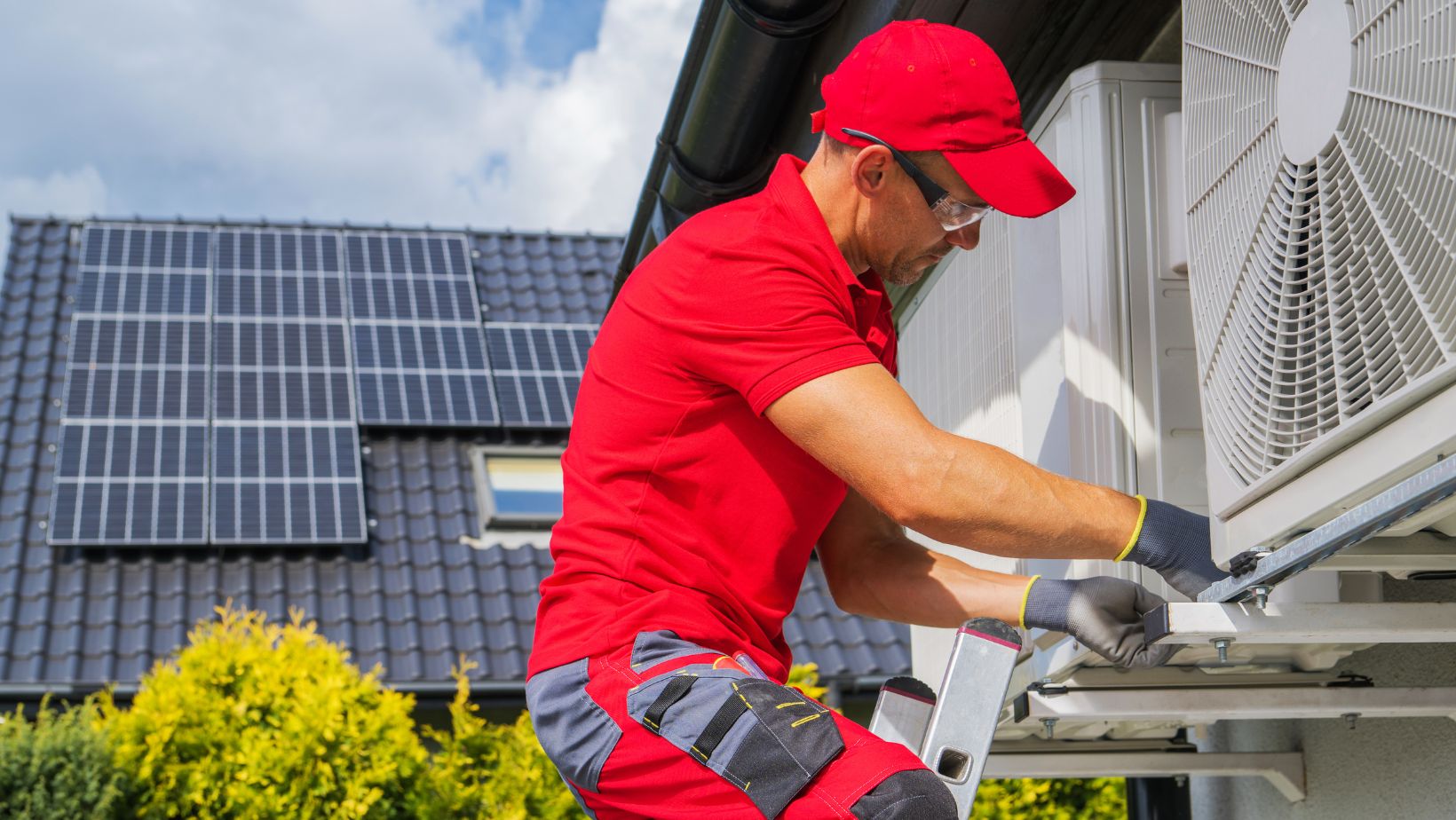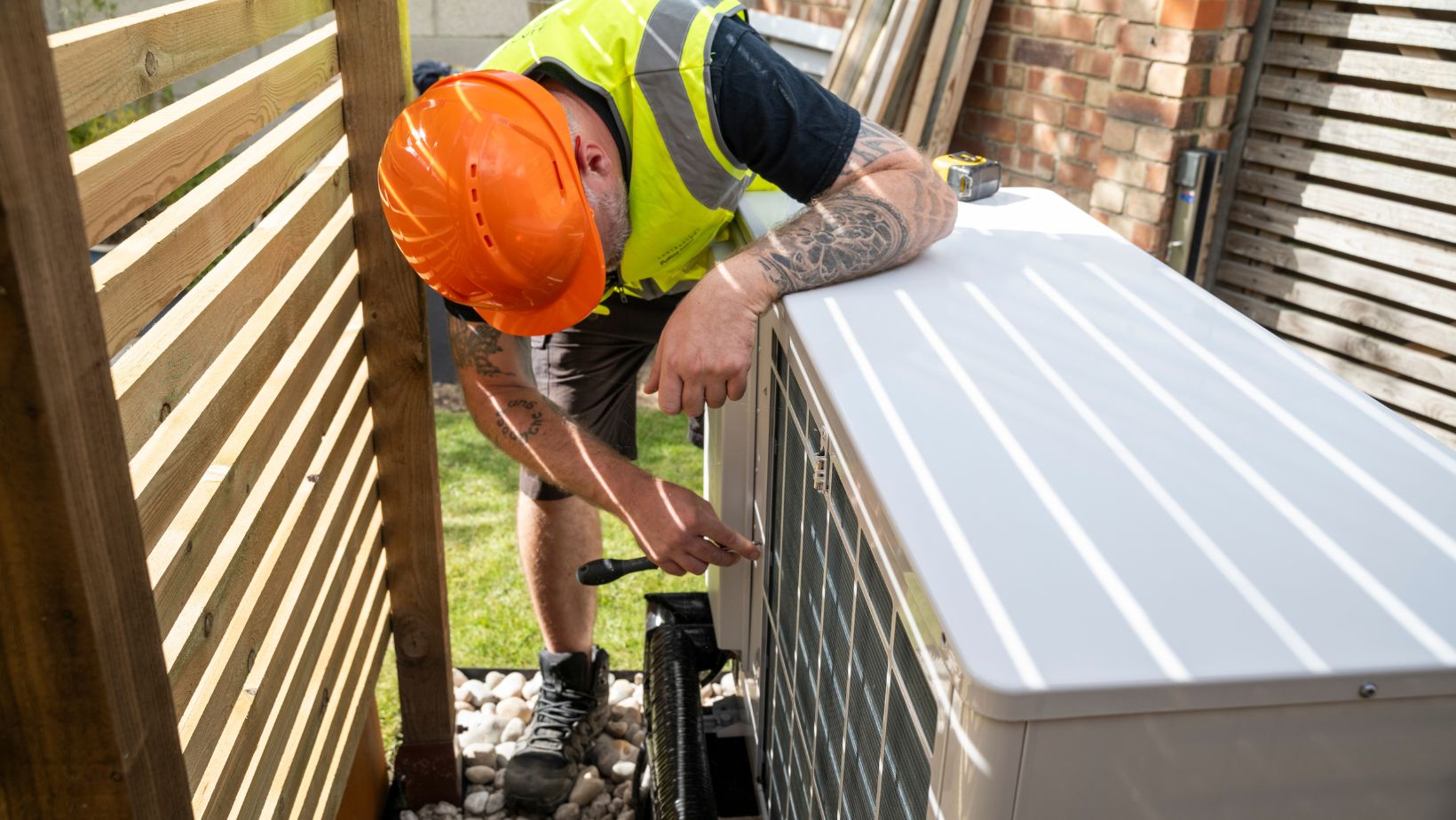
In recent years, heat pumps have emerged as a popular choice for energy-efficient heating and cooling solutions. As homeowners and businesses alike seek to reduce their carbon footprints and energy bills, the importance of proper heat pump installation cannot be overstated. While many may think that the installation process is straightforward, the reality is that it requires careful planning, skilled labour, and adherence to best practices. In this article, we’ll explore why proper installation is crucial and what you should consider to ensure your heat pump operates efficiently and effectively.
The Foundation of Efficiency
Heat pumps work by transferring heat rather than generating it, making them a highly efficient option for climate control. However, their efficiency is heavily dependent on how well they are installed. A poorly installed heat pump can lead to a host of problems, including reduced efficiency, increased energy costs, and even premature system failure.
When considering installation, it’s essential to check what experts recommend regarding best practices. For instance, proper sizing of the heat pump is critical. An oversized unit may cycle on and off too frequently, leading to wear and tear, while an undersized unit will struggle to maintain the desired temperature, resulting in higher energy consumption.
Common Installation Pitfalls
Understanding the common pitfalls in heat pump installation can help you avoid costly mistakes. Here are a few key areas where things can go wrong:
Incorrect Sizing
As mentioned earlier, sizing is paramount. A heat pump that is too large or too small will not only affect comfort levels but also lead to inefficiencies. A professional installer will conduct a load calculation to determine the appropriate size based on your home’s specific needs, including insulation levels, square footage, and local climate conditions.
Poor Location
The placement of the outdoor unit is another critical factor. It should be installed in a location that allows for adequate airflow and is protected from debris, snow, and direct sunlight. If the unit is placed too close to walls or other obstructions, it can lead to reduced efficiency and increased noise levels.
Inadequate Ductwork
For ducted heat pump systems, the condition and design of the ductwork are vital. Leaky or poorly insulated ducts can significantly diminish the system’s efficiency, leading to energy losses and uneven heating or cooling throughout the home. Ensuring that ductwork is properly sealed and insulated can make a substantial difference in performance.
Neglecting Electrical Considerations
Heat pumps require a dedicated electrical circuit to operate efficiently. If the electrical system is not up to code or if the circuit is overloaded, it can lead to operational issues or even safety hazards. A qualified installer will ensure that all electrical requirements are met during installation.
The Importance of Professional Installation
While DIY projects can be rewarding, heat pump installation is not one of them. The complexity of the system and the potential for costly mistakes make it essential to hire a qualified professional. Here are some reasons why professional installation is worth the investment:
Expertise and Experience
Professional installers have the training and experience necessary to navigate the intricacies of heat pump systems. They understand the nuances of different models, local building codes, and best practices for installation. This expertise can save you time, money, and frustration in the long run.
Warranty Protection
Many manufacturers require professional installation to validate warranties. If you attempt to install the system yourself and something goes wrong, you may void the warranty, leaving you responsible for repair costs. Hiring a professional ensures that your installation meets the manufacturer’s specifications.
Long-Term Savings
While the upfront cost of professional installation may seem higher, the long-term savings can be significant. A properly installed heat pump will operate more efficiently, leading to lower energy bills and reduced maintenance costs. Additionally, you’ll have peace of mind knowing that the system is set up correctly from the start.
Maintenance Matters
Once your heat pump is installed, regular maintenance is essential to keep it running efficiently. This includes changing filters, cleaning the outdoor unit, and scheduling annual professional inspections. A well-maintained heat pump can last for many years and continue to operate at peak efficiency.
Signs Your Heat Pump Needs Attention
Even with proper installation and maintenance, issues can arise. Here are some signs that your heat pump may need professional attention:
- Unusual Noises: If you hear grinding, squealing, or banging noises, it could indicate a mechanical issue.
- Inconsistent Temperatures: If certain rooms are too hot or too cold, it may signal a problem with the system or ductwork.
- Increased Energy Bills: A sudden spike in energy costs can indicate that your heat pump is not operating efficiently.
Conclusion
Proper heat pump installation is a critical factor in ensuring the system operates efficiently and effectively. From correct sizing and placement to professional installation and ongoing maintenance, every aspect plays a role in the overall performance of your heat pump. By understanding the importance of these factors and working with qualified professionals, you can enjoy the benefits of a reliable, energy-efficient heating and cooling solution for years to come.
Investing in proper installation not only enhances comfort but also contributes to long-term savings and environmental sustainability. As the demand for energy-efficient solutions continues to grow, ensuring that your heat pump is installed correctly is more important than ever.







